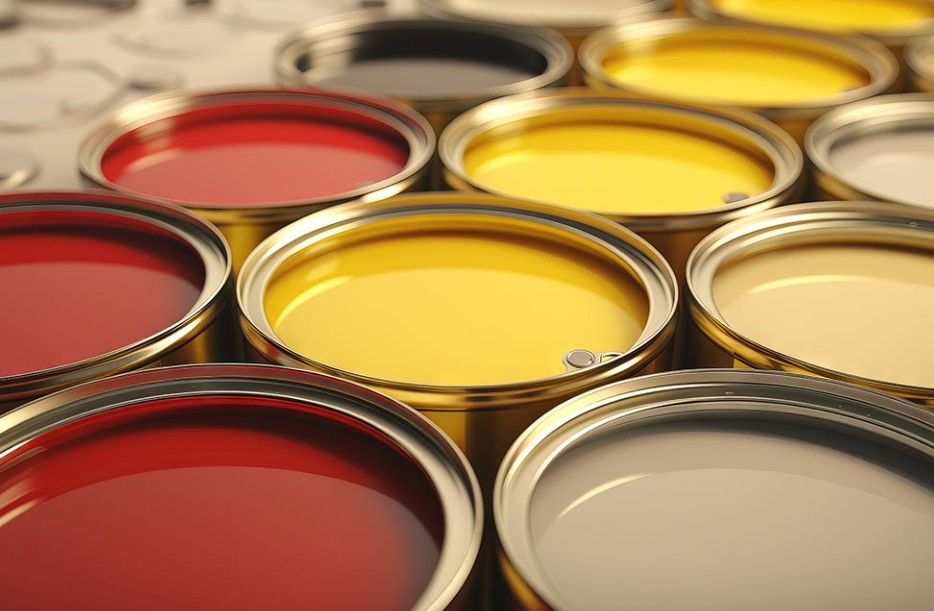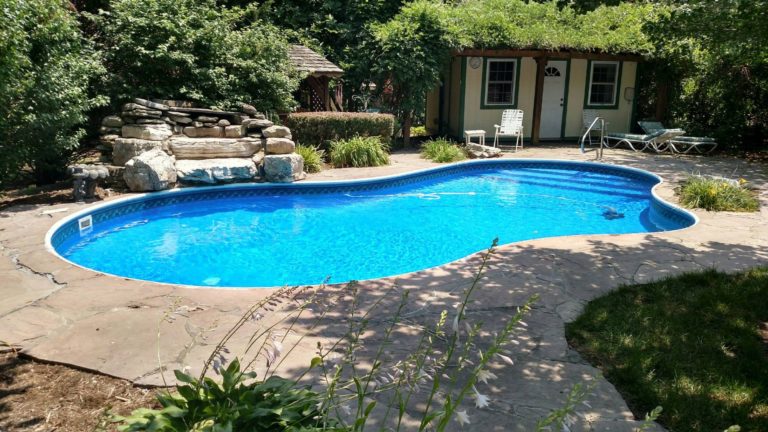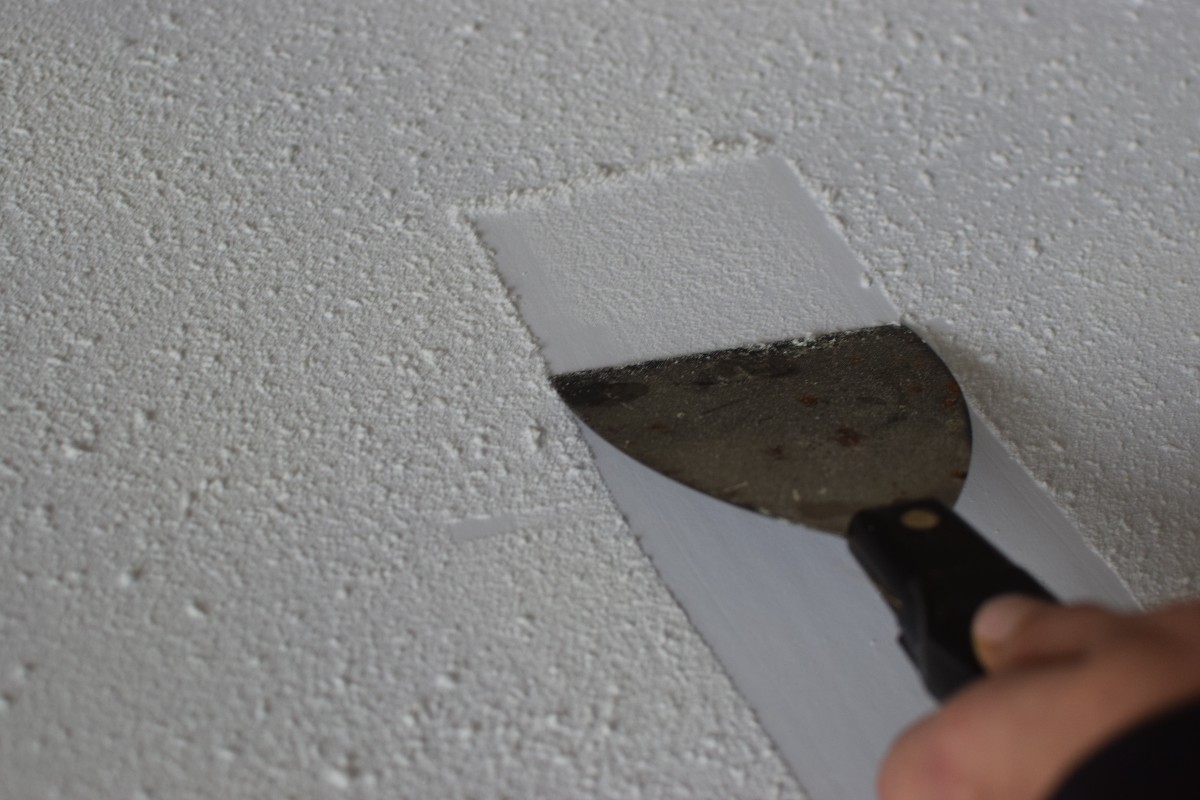Contents
Winter can be tough on paint. If you’ve ever tried to use a can of paint that has been stored in the garage all winter, you may have noticed it looks clumpy, separated, or just plain ruined. This is what happens when paint freezes. But don’t worry—by understanding the effects of freezing temperatures on paint and learning some practical storage tips, you can protect your paint investment and keep it in perfect condition, even in the coldest months.
What Temperature Does Paint Freeze?
Most paints, particularly water-based types like latex paint, begin to freeze at around 32°F (0°C). That’s the freezing point of water, and since water-based paints contain a significant amount of water, they are especially vulnerable to low temperatures. Oil-based paints, on the other hand, have a lower freezing point and can handle a bit more cold. However, freezing still damages the paint’s consistency, making it challenging to use later.
Does Freezing Ruin Paint?
Yes, freezing can ruin paint, especially water-based varieties. When paint freezes, the water in it expands, which can lead to a breakdown of the paint’s ingredients. This results in a separated, clumpy, or grainy texture. Repeated freezing and thawing cycles only worsen the damage, often rendering the paint unusable. So, if you’re planning to store paint in an unheated garage or shed during the winter, be aware that it could end up ruined.
How to Tell if Paint is Ruined by Freezing
It’s easy to check if frozen paint is beyond saving. Once thawed, open the can and give it a good stir. If the paint regains its smooth consistency, it’s likely still usable. However, if you see lumps that don’t break up, or if the paint has a cottage-cheese-like texture, it’s probably ruined. Additionally, the color may appear separated or uneven, indicating that the freezing process has irreversibly damaged the paint.
Storing Paint in Cold Climates: Essential Tips
Preventing paint from freezing starts with proper storage. Here are some simple tips to protect your paint:
- Store Indoors: The easiest way to prevent paint from freezing is to keep it indoors, in a place where the temperature stays above 50°F (10°C). A basement or utility closet is ideal.
- Use Insulation: If indoor storage isn’t possible, consider wrapping the paint cans in blankets or placing them in insulated boxes. This can help shield the paint from extreme temperature drops.
- Elevate from Cold Floors: Paint cans placed directly on a cold concrete floor are more likely to freeze. Use a wooden pallet or even cardboard to lift them off the ground and add a layer of insulation.
- Keep Paint Away from Windows and Doors: Even in a heated space, paint stored near windows or exterior doors can be exposed to temperature fluctuations. Store it in a central location if possible.
What to Do if Paint Freezes
Sometimes, despite your best efforts, paint freezes. Here’s what you can do:
- Thaw Slowly: Bring the paint indoors and allow it to thaw at room temperature. Avoid using direct heat, as this can further damage the paint’s composition.
- Stir Thoroughly: After thawing, give the paint a good stir to see if it returns to its original consistency. You can also use a paint mixer attachment on a drill for better results.
- Test Before Use: Even if the paint looks okay, test it on a small surface to ensure it still applies smoothly and dries correctly.
Can You Use Paint After it Freezes?
In some cases, yes, you can use paint after it freezes. If the paint stirs back to a smooth consistency and the color looks even, it should be safe to use. However, for critical projects, particularly ones that require a flawless finish, it’s best to start with fresh paint. Using paint that has been frozen might compromise the final look, especially if the paint’s texture or coverage has been affected.

Practical Tips for Long-Term Paint Storage
If you plan to store paint for an extended period, consider these tips:
- Label Paint Cans with Dates: Write the purchase or opening date on each can. This helps you keep track of its age and viability.
- Seal Cans Tightly: Make sure the lids are properly sealed. You can even place a plastic wrap over the opening before replacing the lid to create an extra barrier.
- Store Upside Down: Some people find that storing paint cans upside down helps to create an airtight seal, preventing air from seeping in and affecting the paint’s quality.
Final Thoughts: Keep Your Paint in Great Shape Year-Round
Paint can be expensive, and protecting it from freezing is a smart way to extend its lifespan. By storing paint properly and taking precautions during colder months, you can ensure it remains in excellent condition for future projects. And remember, if your paint does freeze, there’s still a chance it can be salvaged. With a little care, you can keep your paint in top shape and ready for any home improvement or DIY project that comes your way.
Frequently Asked Questions About Paint Freeze
Can you prevent paint from freezing in an unheated garage?
While it’s challenging, you can reduce the risk by insulating the paint cans, placing them on raised surfaces, and wrapping them in blankets. However, for the best results, indoor storage is recommended.
How cold can paint get before it’s ruined?
Water-based paint can start to freeze at 32°F (0°C), while oil-based paints can handle slightly colder temperatures. Any paint exposed to temperatures below freezing is at risk of damage.
What’s the best way to dispose of frozen paint?
If the paint is no longer usable, it’s essential to dispose of it properly. Many communities have hazardous waste disposal facilities where you can drop off paint. Don’t throw it in the trash as it can be harmful to the environment.
How long can I store paint safely?
Unopened, properly stored paint can last for years. Latex paint can last up to 10 years, and oil-based paint up to 15 years, provided it’s kept at a stable temperature.
You May Also Read:





